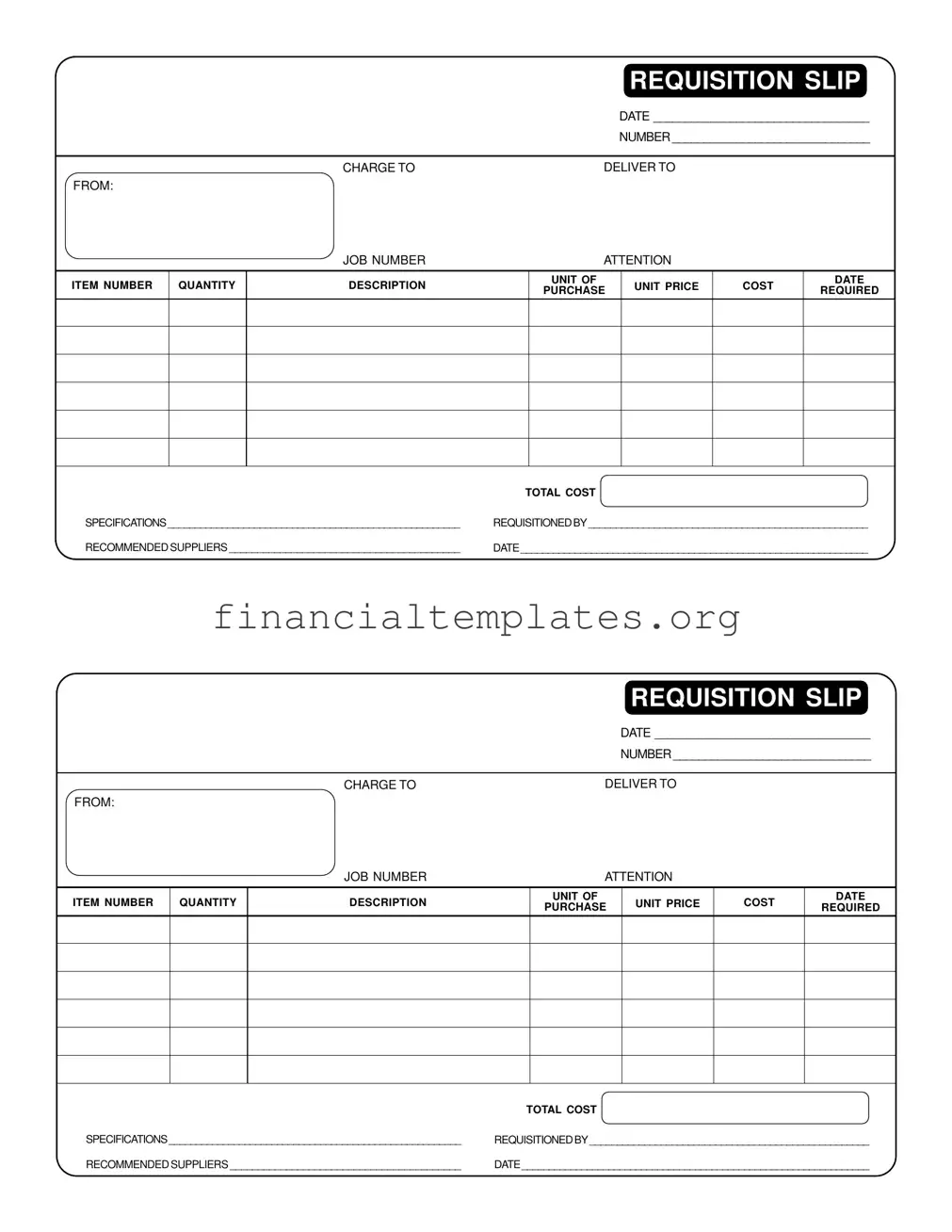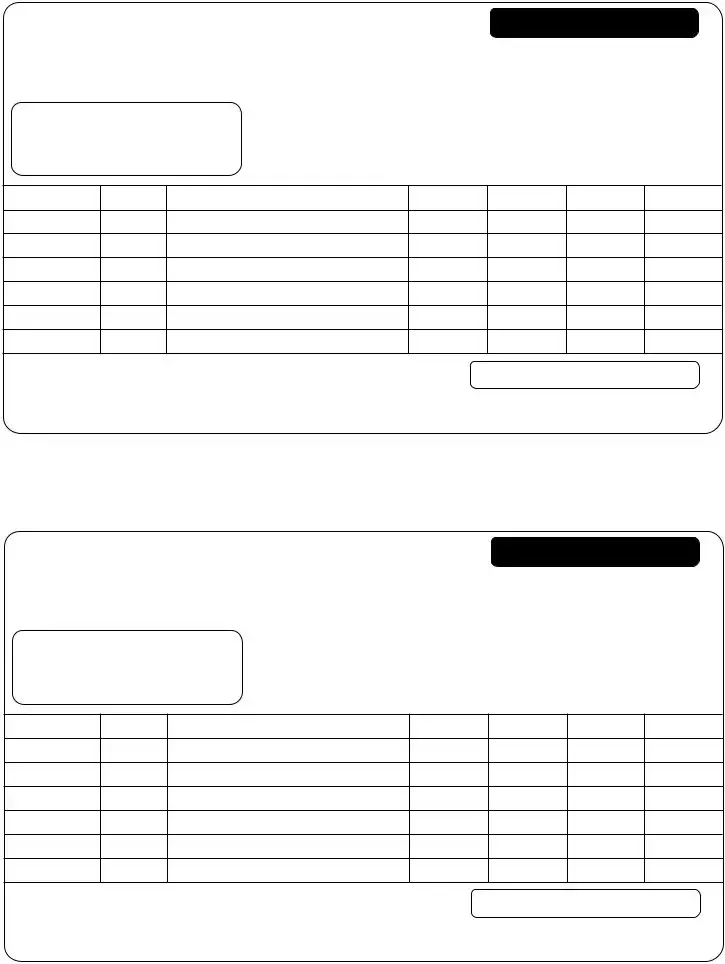An Invoice is similar to a Payment Requisition form in how it requests the transfer of funds, but it is typically issued after services have been rendered or goods have been delivered. Whereas a Payment Requisition is an internal document, used within an organization to seek approval for a payment before the transaction is completed, an invoice is an external document sent to a client or customer asking for payment for services or goods provided. Both documents list details such as the amount to be paid, descriptions of the services or goods, and payment terms, but an invoice also often includes information on late payment fees and is a formal request for payment from an external entity.
A Purchase Order (PO) also shares similarities with a Payment Requisition form, particularly in the way it authorizes the expenditure of funds before the purchase of goods or services. However, a Purchase Order is more detailed regarding the agreement between the buyer and seller. It serves as a legally binding agreement once accepted by the seller, detailing the types and quantities of products or services, agreed-upon prices, and delivery dates. While a Payment Requisition form is an internal request to initiate the buying process within an organization, a PO is issued to the supplier as a commitment to buy according to specified terms.
An Expense Report is another document similar to a Payment Requisition form with its purpose of requesting reimbursement for expenses incurred. Employees use Expense Reports to provide a detailed account of expenditures for which they seek compensation, often including receipts or invoices as proof of purchase. Both documents are used for financial transactions and require approval from a higher authority within the organization. However, Expense Reports are specifically focused on recouping money spent during the course of business activities, contrasting with Payment Requisitions that may cover a broader range of payment needs including procurement of goods or services not previously paid for out-of-pocket by an employee.
Lastly, the Check Request Form bears resemblance to the Payment Requisition form as it is used to ask for payment issuance, typically in the form of a check. Both forms are internal documents initiating the process of payment and require detailed information about the payment purpose, amount, and recipient. The Check Request Form, specifically, is used when an invoice is not present but a payment still needs to be made, providing an alternative method to process payments without the standard invoice procedure. Although both serve to facilitate payments, the Check Request Form is particularly useful for non-standard transactions, including refunds, reimbursements, or any payment not tied directly to an invoice.

